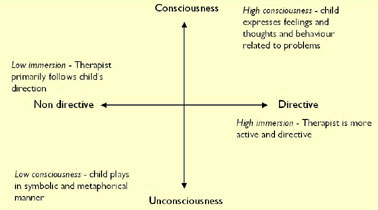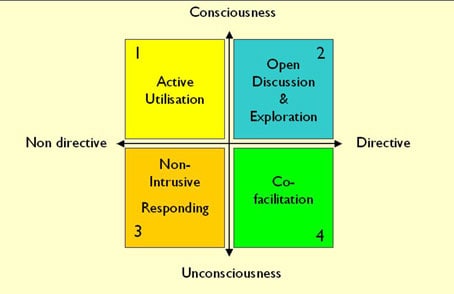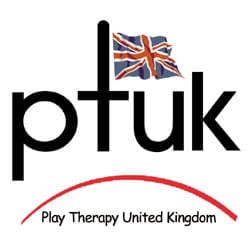PTUK together with PTI have adopted the PTDM as a standard for good quality play therapy practice and clinical supervision. It will be incorporated into the competency framework becoming an essential part of the initial training of play therapists and a CPD/CE requirement. It is an excellent method to use as a part of clinical governance procedures.
Play Therapy Dimensions Model
The Play Therapy Dimensions Model (PTDM) has been developed by Lorri Yasenik and Ken Gardner, certified play therapy supervisors and co-directors of The Rocky Mountain Play Therapy Institute.
Origins of the Model
Developed by Lorri Yasenik & Ken Gardner Based upon the Prescriptive Play Therapy approach as expounded by Charles Schaefer
The PTDM incorporates the theories and techniques of a variety of play therapy approaches to address a spectrum of presenting issues and problems enabling the construction of an individualised treatment plan
The model encourages therapists to consider moving from their original point of intervention or approach
But it does not presume that movement has to take place
It allows for movement within a session e.g. a child stops metaphorical play and starts talking about problems as well as between sessions
Application of the Model
The Play Therapy Dimensions Model is a conceptual framework for:
Play therapy practice and supervision
Analysing changes in child’s play/behaviour
Assisting session planning & decision taking
It works with a number of theoretical approaches & techniques; is integrative; two dimensional.
Principles
The two axes are directiveness and consciousness.
Directiveness takes account of: The degree of therapist immersion The level of interpretation by the therapist
Consciousness considers:
- The child’s representation of consciousness in play
- The play activities and verbalisations
Framework
The four quadrants derived from the two axes are shown below:

The Quadrants

The book and DVD explains in detail, with case examples, how the PTDM may be applied to practice and supervision.





